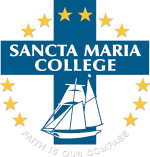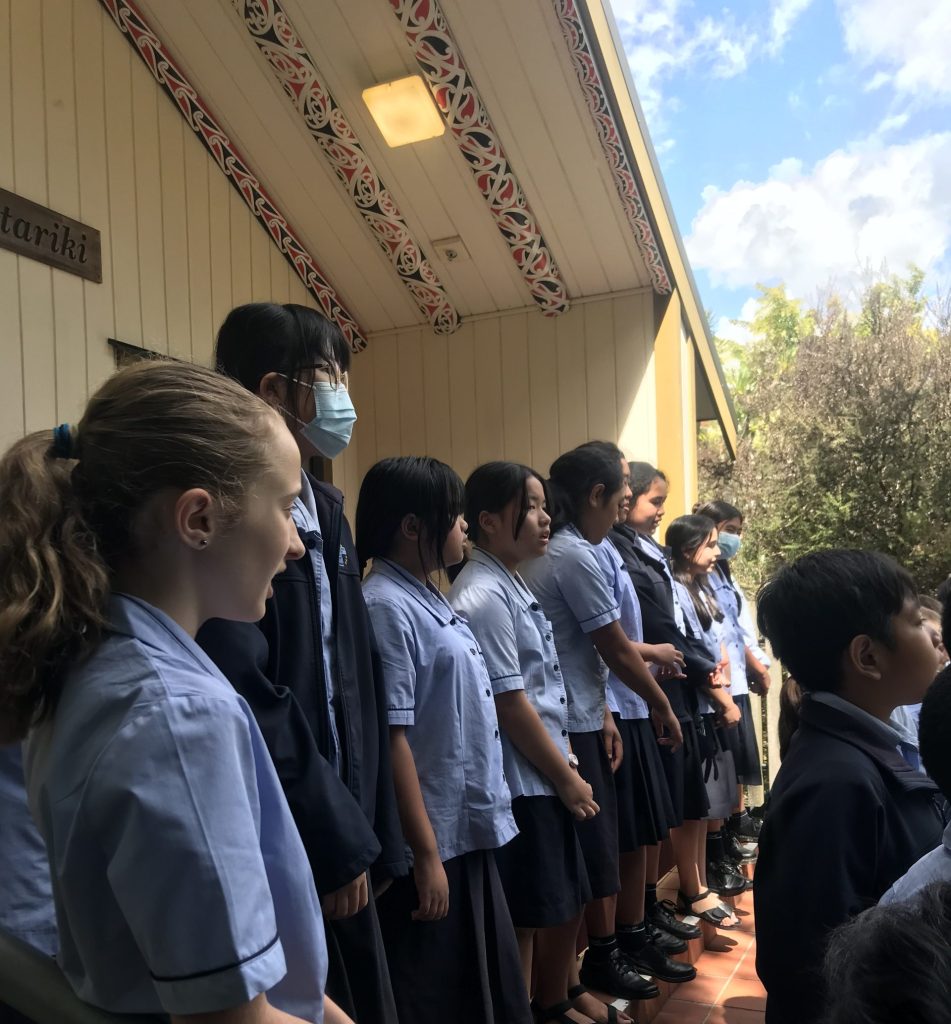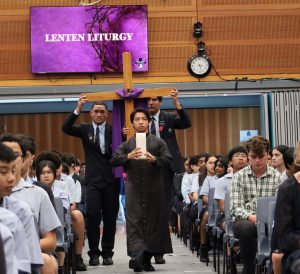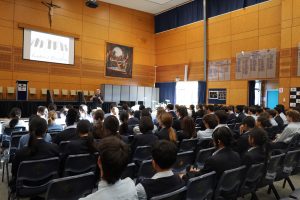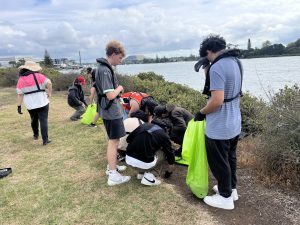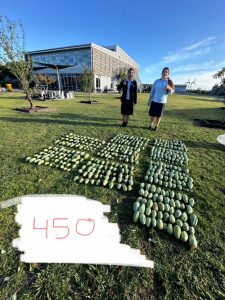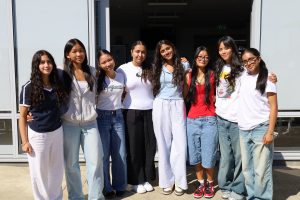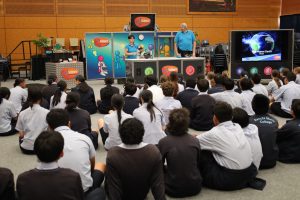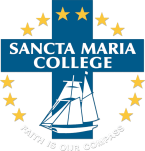Throughout March, our Year 7 cohort had the chance to live an extraordinary experience; to visit a Marae (Māori sacred meeting place) and visit a historical landmark (“Te Tuhi a Manawatere” or “The mark of Manawatere”) on Cockle Bay beach. When we arrived, we were welcomed into the marae and had kai afterwards to break the tapu, as we would soon move on to a different station. We spent some time in the Marae to learn about the Māori alphabet and learn to say our pēpeha. A pēpeha is a way of introducing yourself in Māori. Your pēpeha consists of your name, your country, and the place you currently call home. The boys learnt a Haka and the girls were taught how to use a Poi. After all that entertainment, it was time to go to a different workshop.
In the next workshop, we learned about Māori legends such as how Maui found the North Island and how New Zealand was named Aotearoa. Maui’s wife, saw an island close by when they went fishing and called out “Aotearoa” when she saw a land that looked like it was covered with a long white cloud. We gained some knowledge on Māori legends and beliefs, discovering how truly incredible it is that these stories were passed down through generations.
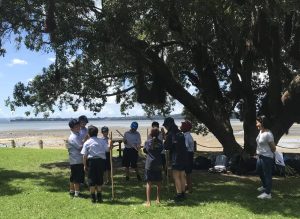
Tītītōrea is a game where you need focus and a partner. In this game, you use the short sticks and try to keep the rhythm. You do this by tapping the sticks on the ground and passing it to your partner; it requires time and concentration. Once we got used to it, it slowly became easier.
At the conclusion, we were challenged to find of the mark of Manawatere. We walked in the sand and not long after, found the mark of Manawatere, the Pōhutukawa tree. The Pōhutukawa marks the landing of Manawatere (an ancestor of the Ngaitai people). He made his mark on the tree using a red ochre which is said to colour the flowers each summer.
Eventually, it was time to return to school. We continued to talk about our experiences from the day and how much fun we had during the bus trip and beyond. The day, and the memories from that day, will always be cherished.
